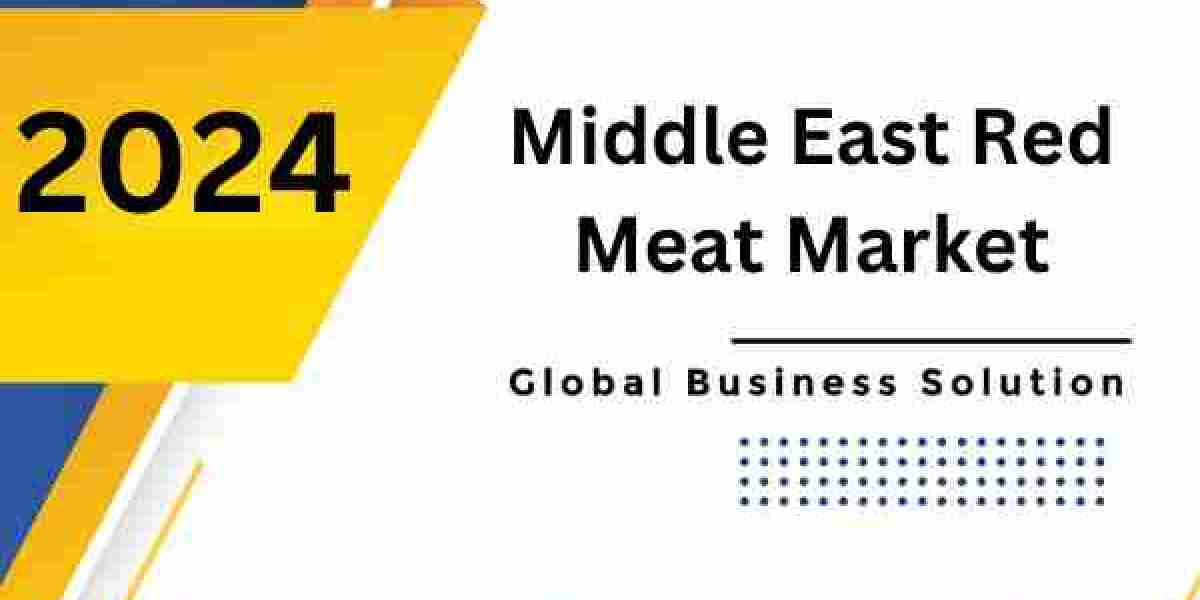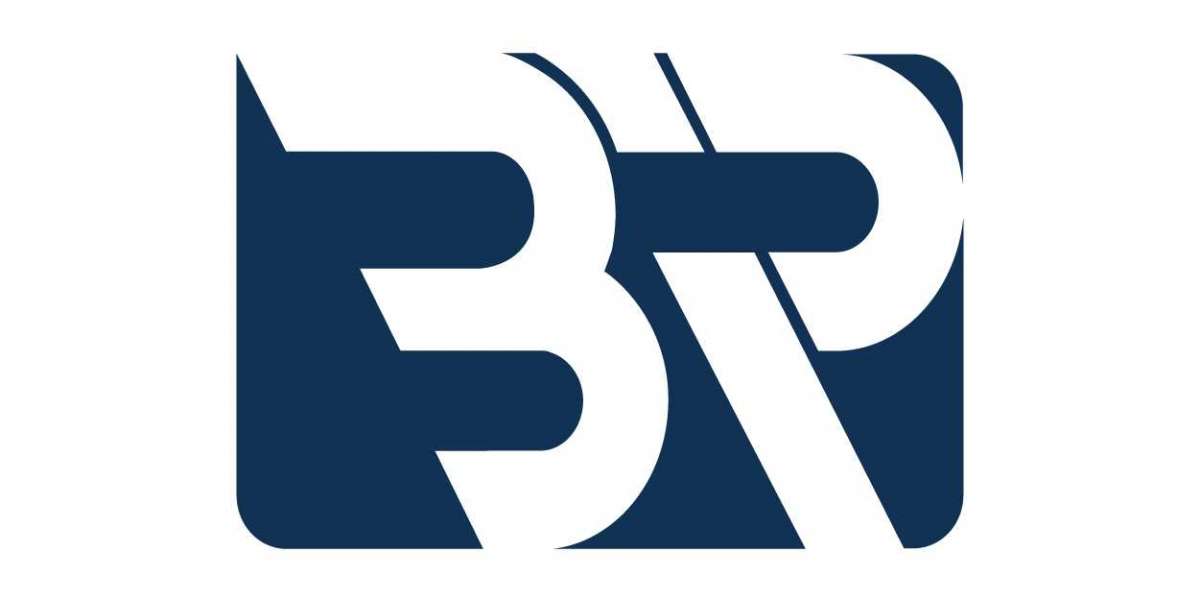Introduction:
The Middle East Red Meat Market stands at a critical juncture, influenced not only by economic factors and consumer preferences but also by government regulations and policies. Red meat, including beef, lamb, and goat, holds cultural significance in many Middle Eastern cuisines and diets. However, various governmental interventions, aimed at ensuring food safety, promoting local production, and addressing environmental concerns, significantly impact the dynamics of this market. In this blog, we'll delve into the intricate relationship between government regulations and the Middle East Red Meat Market.
Food Safety Standards:
Ensuring food safety is paramount for governments across the Middle East. Regulatory bodies implement stringent standards to guarantee the quality and safety of red meat products. These standards encompass various aspects, including hygiene practices at slaughterhouses, transportation guidelines, and storage conditions. Compliance with these regulations is mandatory for both domestic producers and importers, which often necessitates investments in infrastructure and technology to meet the prescribed standards.
Import Tariffs and Quotas:
Many countries in the Middle East impose import tariffs and quotas on red meat to protect domestic producers and achieve self-sufficiency goals. These measures aim to balance the demand for imported meat with the interests of local farmers. Import tariffs can significantly impact the competitiveness of foreign suppliers, influencing pricing dynamics in the market. Moreover, governments may periodically adjust these tariffs and quotas in response to changes in domestic production levels and international trade agreements.
Subsidies and Support for Domestic Producers:
To foster domestic production and reduce reliance on imports, governments in the Middle East often provide subsidies and support to local farmers and ranchers. These incentives may include financial assistance, access to agricultural inputs at subsidized rates, and technical training programs. By bolstering domestic production, governments seek to enhance food security, create employment opportunities, and mitigate the risks associated with dependence on foreign suppliers.
Environmental Regulations:
The environmental impact of livestock farming has garnered increased attention from policymakers in the Middle East. Concerns regarding water scarcity, land degradation, and greenhouse gas emissions have prompted governments to introduce regulations aimed at promoting sustainable practices in the red meat industry. These regulations may encompass guidelines for efficient water use, restrictions on grazing in sensitive ecosystems, and incentives for adopting eco-friendly farming methods such as rotational grazing and agroforestry.
Halal Certification:
Given the predominance of Islamic dietary laws in the Middle East, halal certification is crucial for red meat producers and exporters. Governments play a key role in overseeing the halal certification process, ensuring compliance with Islamic principles and standards. The certification process encompasses various stages, including animal slaughter, processing, and packaging, with strict adherence to halal requirements. Government-approved halal certification enhances consumer confidence and facilitates market access for red meat producers, both domestically and internationally.
Conclusion:
Government regulations and policies exert a profound influence on the Middle East Red Meat Market, shaping production practices, trade dynamics, and consumer choices. From food safety standards to import tariffs and environmental regulations, policymakers play a pivotal role in balancing the interests of stakeholders while addressing broader societal goals such as food security and sustainability. As the region continues to evolve, navigating the regulatory landscape will remain essential for participants in the red meat industry, ensuring compliance with existing regulations while adapting to emerging trends and challenges.


